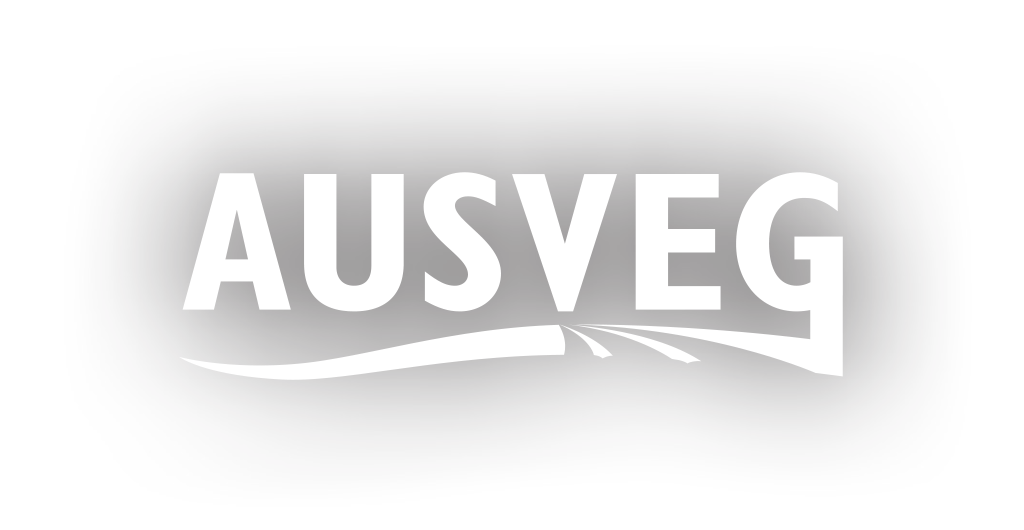Does your farm use property zoning to manage biosecurity?
Managing biosecurity risks is a vital part of protecting your farm from pest and disease incursions, and means that you’re helping to prevent the spread of pests and diseases across growing regions, reducing their overall impact on the industry.
Property zoning is a key way of helping you prioritise and manage your biosecurity activities by dividing your farm into separate areas based on the level of biosecurity needed.
While every farm is different, there are generally three zones required to limit access according to the risk status of the area: access zones, separation zones and farming/production zones.
By mapping out your farm and identifying which areas should be zoned into particular categories, you can better coordinate your biosecurity activities and gain a clearer idea of how to manage movements around your farm to ensure your biosecurity practices are as effective as possible.
The Farm Biosecurity Program has a great guide to using property zoning to implement biosecurity on-farm that can help you adopt this valuable element in risk management and gives an in-depth explanation of the important considerations during the zoning process.
For more information about biosecurity in the Australian vegetable industry, visit the Biosecurity and Crop Protection section of the AUSVEG website.
This post appeared in the AUSVEG Weekly Update published 27 November 2018 and 24 April 2018. Subscribe to the Update using our online form to receive the latest industry news in your inbox every week!

